Your roof can wear down over time as a result of the outdoor elements. Roofs are exposed to strong weather conditions such as prolonged exposure to sunshine, temperature fluctuations, and heavy rainfall.
Without the right coating, your roof can break down over time, appear dull, and experience leakages which reduce the efficiency of roofing materials.
For this reason, there is a need to protect the surface from deterioration using a strong roof coating.
Here are a few tips to help you work out everything you need for roofing coating.
What is roof coating?

Roof coating is a non-bituminous layer of protective material made exclusively for application on the surfaces of roofs. This layer's primary purpose is to prevent substrate penetration by water, reflecting ultraviolet light and solar radiation.
Roof coatings are typically thicker than paint because they consist of more solids. These substances are specially formulated to limit the damaging effects of the environment.
Roof coatings have high-quality resin in them, which makes them extremely elastic.
What are the types of roof coating?
Acrylic coatings

Acrylic-based materials have good resistance to hail damage and radiation and are inherently flexible to withstand the dimensional instability experienced by most roof membrane surfaces. Acrylic roof coatings are water-based solutions that match many roofs.
They offer a good balance of cost and performance, are highly reflective, and are easy to work with, making them a popular choice for many homeowners. Acrylic coatings can be made purely of acrylic and be applied in multiple coats.
However, they are not suitable in freezing temperatures and when precipitation occurs shortly after application. Some acrylic coating manufacturers account for this challenge by offering instant-set materials that reduce the cure time to a few minutes.
Another challenge of acrylic roof coatings is that they lose thickness under the elements. Thus, experts recommend that acrylic coatings are used in primarily dry climates with average temperatures of 10°C and above.
Also, prolonged sunshine degrades acrylics and speeds up the rate of thickness loss.
Silicone coatings
Silicone is a highly elastic material that adheres well to the existing roof surface. It provides good weather resistance and rarely becomes brittle or hard. As a result, silicone coatings have gained a lot of popularity in the commercial roof market in the last few years.
A defining part of using silicone roof coatings is that they are moisture-cured. The result is that silicone roofing coatings weather better than other options with no erosion issues. The result is that silicone roof coatings can withstand long-term exposure to ponding water
Silicone coatings also have excellent ultraviolet protection levels in extreme temperatures and can resist oxidation. However, silicone roof coating formulas hold onto dust and dirt, which can easily be cleaned off by rainwater. This causes the top surface to lose its reflectivity faster than other roofing coatings.
Polyurethane Coatings
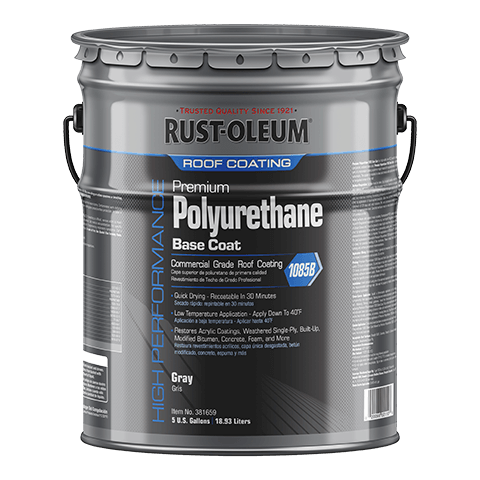
Source -
Polyurethane coatings are considered superb because they provide good levels of impact resistance and roof traffic. They are strong enough to accommodate natural contraction and expansion typically exhibited by weather changes.
Polyurethane roof coatings are available in two types: aliphatic and aromatic.
These are typically used as the topcoat of the roof because they are stable to UV rays, have superior color retention, and are resistant to dirt pick-up. However, these highly desirable attributes make aliphatic coatings more expensive.
These are less costly by not being as UV stable as aliphatics. They are mostly used as a foundation coating during roof restorations.
Both of these types of polyurethane coatings can be sprayed or roll-applied. Experts generally advise multiple coats at the rate of 1.5 gallons per 100 square feet. However, polyurethane is a xylene-based material, which is challenging to spray, damaging to installation equipment, and has a strong odor.
Elastomeric Coatings
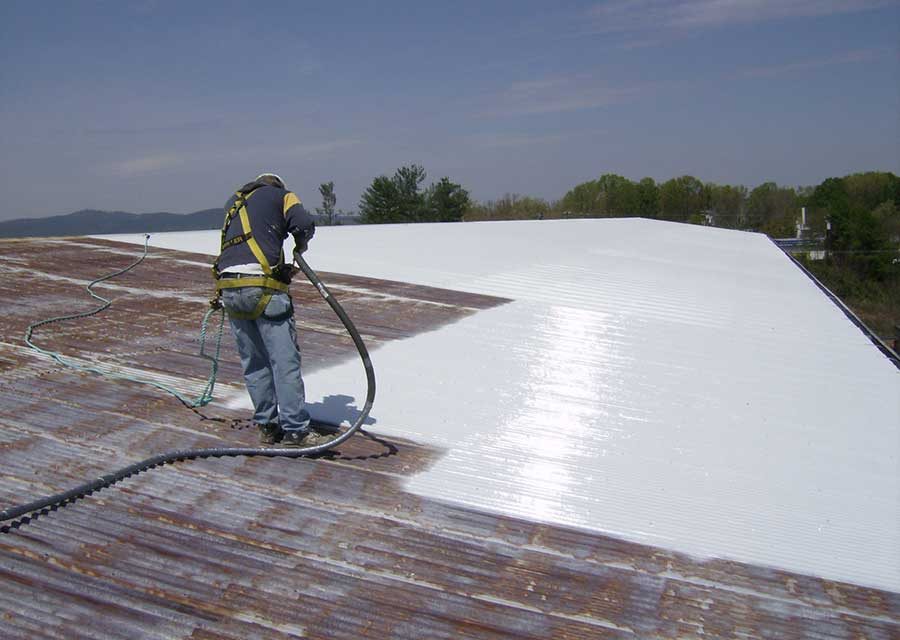
Source -
An elastomeric roof coating is a liquid-applied coating that cures into a durable and highly elastic membrane when dry. This material is typically made from silicone or acrylic and has an elastic quality that eases the application process. It is also highly adaptable to many weather conditions.
Elastomeric coatings are generally less expensive than other coating types. However, it loses its reflectivity quickly because it only remains UV stable for a short time as silicone does. As a result, elastomeric roof coatings are usually used as a base coat and for positively pitched roof systems.
Elastomeric roof coatings can be compared with other coatings to make them extremely durable. It generally stays cleaner and is more resistant to humidity.
Benefits of Roof Coatings

Roof coatings add reflectivity to the topcoat of your roof, which reduces indoor temperature fluctuations that result from different weather conditions.
You can make some energy savings with a highly reflective roof coating because you will generally have a cooler and more comfortable environment. Keeping cool air indoors and hot air out, you will use your air conditioner less, thus lowering your energy utility costs.
Roof coatings are renewable and can be recoated every few years to extend the life of your roof with excellent waterproofing capabilities.
How to Determine Which Roof Coating is Best for You?

There are many factors to consider, such as the materials that make up your roof, the slope, and the size. Contact a roofing expert to help you weigh these factors and to make the right choice for a protective coating.
You will also consider the climate in your area to ensure that your roof coating can withstand tough conditions for a while. The seasons and temperatures of your location will be a good indicator of the damage your roofing can sustain.
Conclusion
Roofs are one of the staples of everyday life that serve the important function of keeping indoor spaces isolated from outdoor elements like strong weather and noise.
Without proper installation and subsequent maintenance, a roof can quickly begin to descend into inefficiency.
A roof requires proper coating to ensure it can resist deterioration and the usual wear and tear. You can choose from acrylic coatings, elastomeric coatings, and silicone coatings to find an option that suits your roofing needs appropriately.
There are many perks of coating your roof, such as making energy savings and increasing the sustainability of your roof.
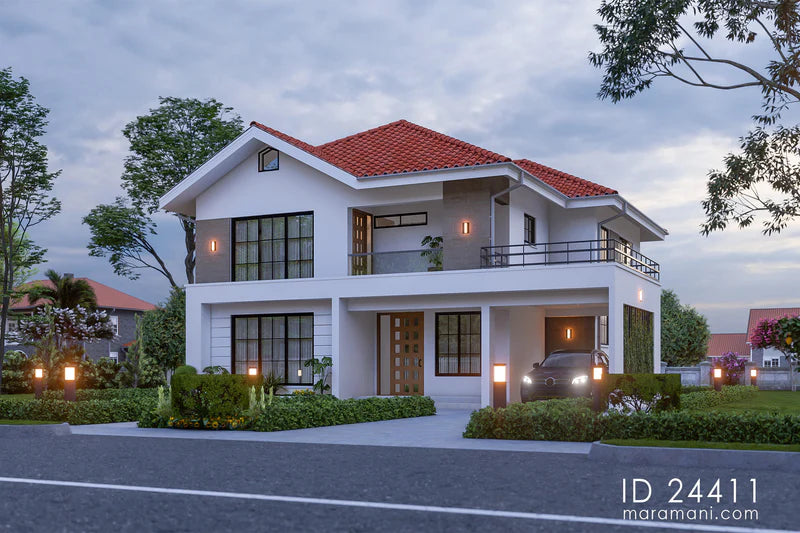
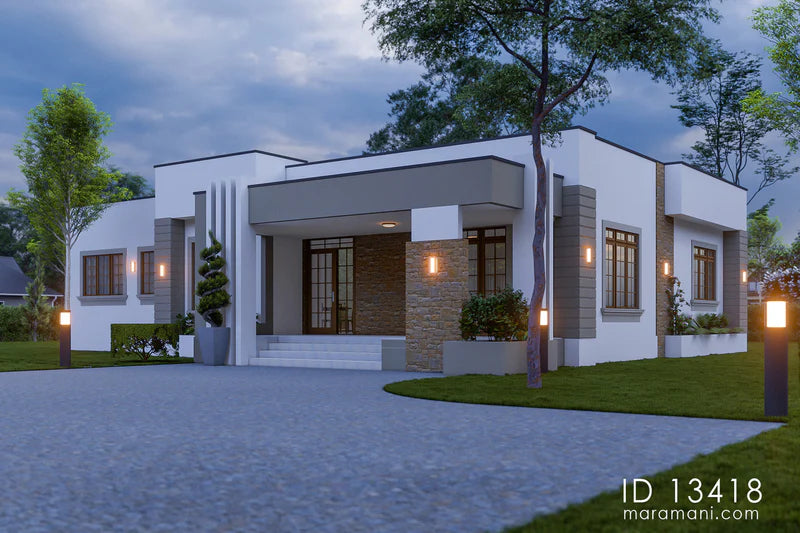
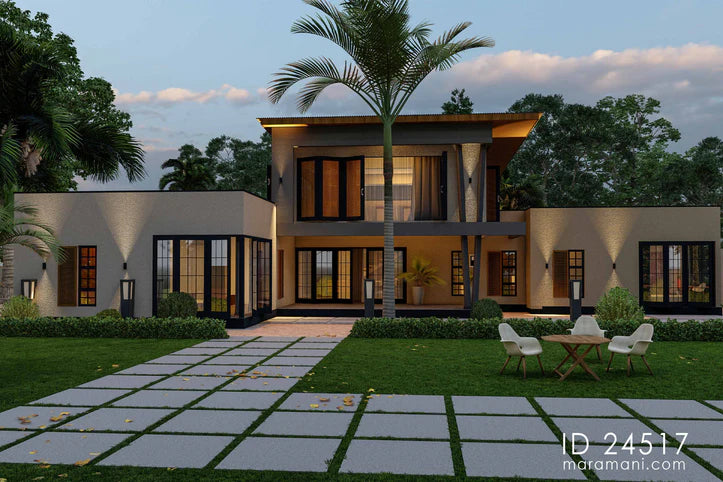
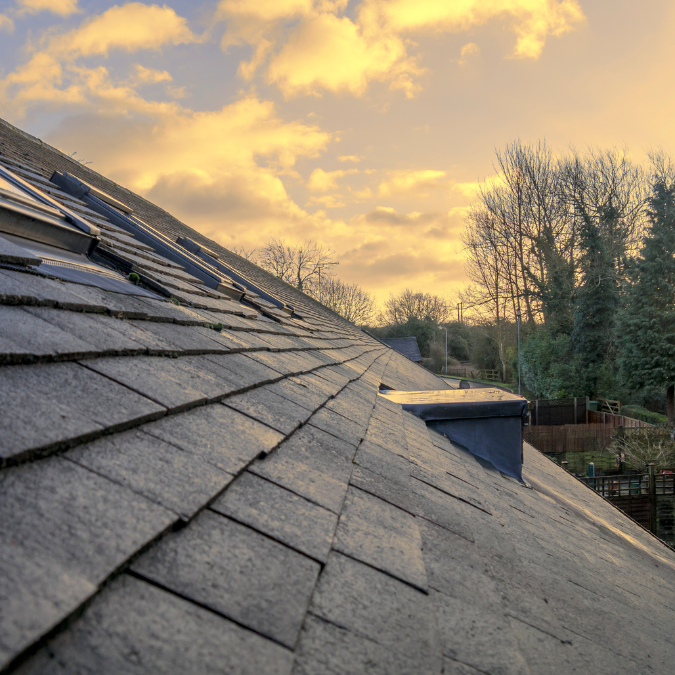
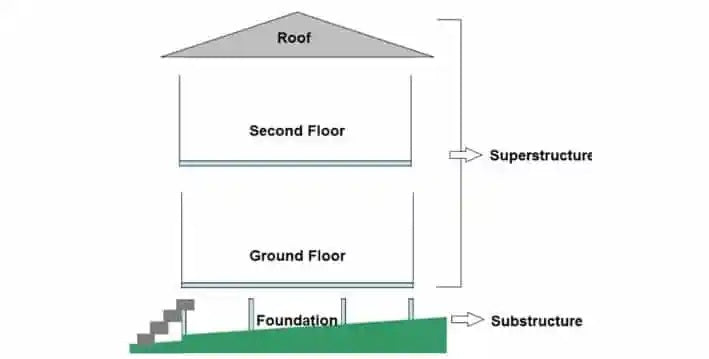
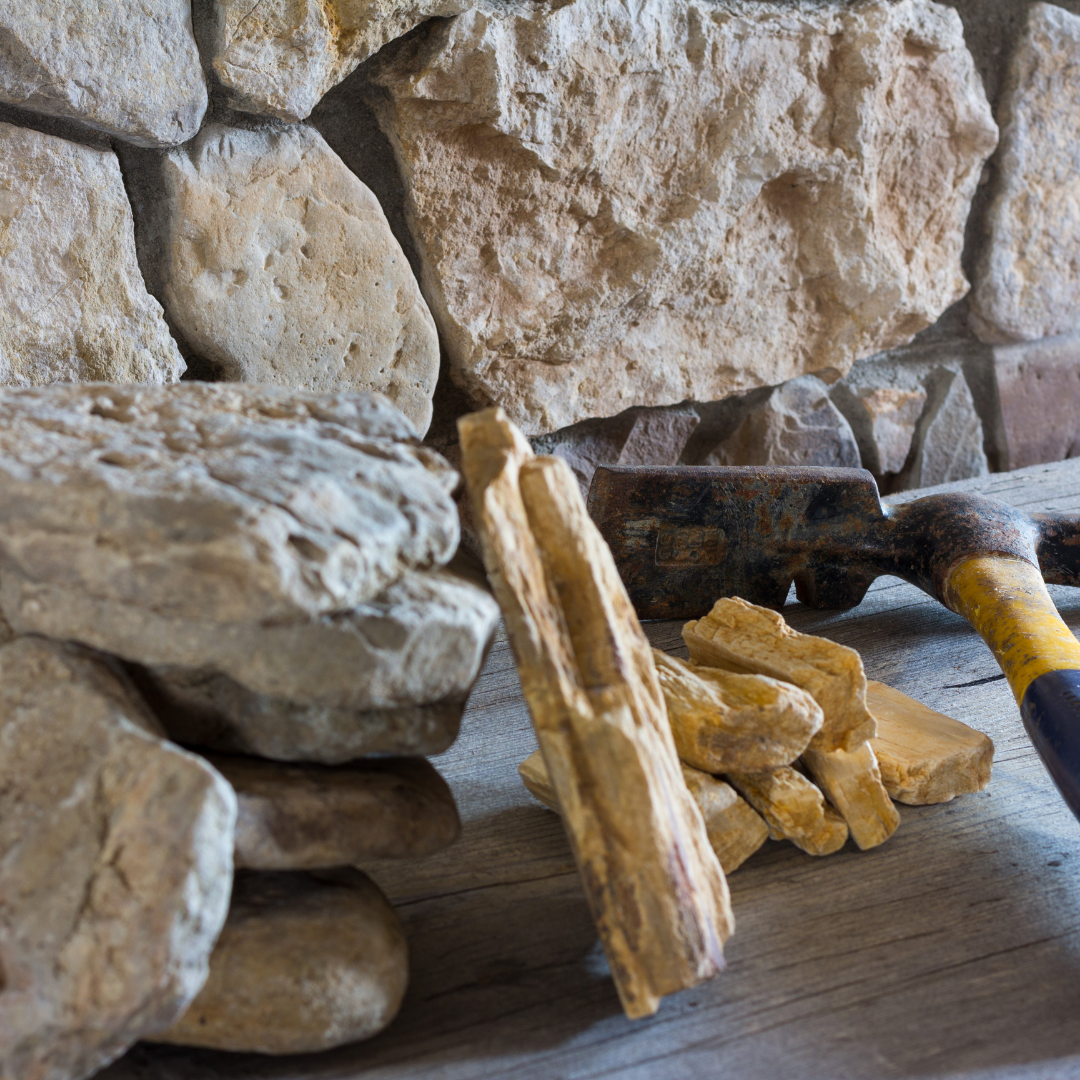
1 comment
Derek Kennedy
where can I buy this I am in Ireland.
Leave a comment
This site is protected by hCaptcha and the hCaptcha Privacy Policy and Terms of Service apply.